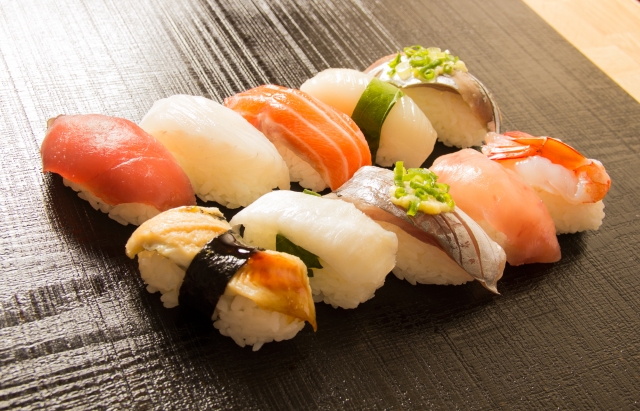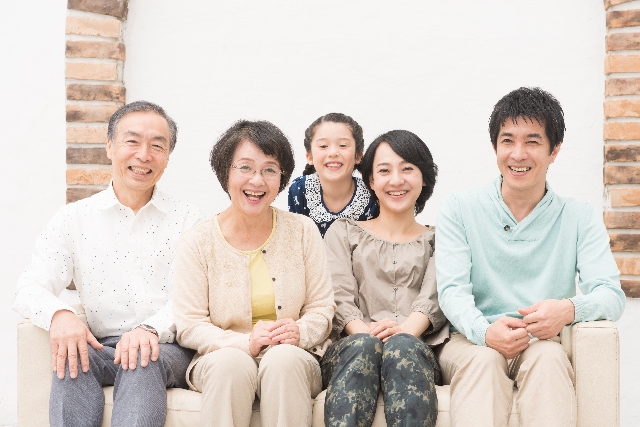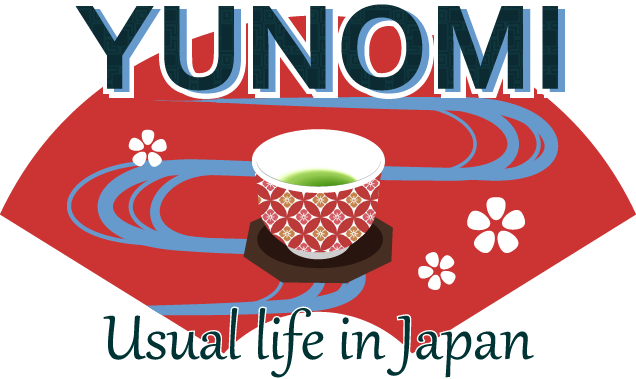Keigo is the honorific language in Japanese, which is one of the major categories that have to be mastered to be a proper Japanese speaker.
Let’s start from a simple example.

‘Sushi’: the most famous Japanese dish actually is hardly called ‘sushi’ especially among ladies, and the people who want to use polite speech: it has to be called ‘O-sushi’.
Prefix ‘O’ denotes politeness.
‘Cha’ (tea) will be called ‘O-cha’, ‘Hashi” (chopsticks) will be ‘O-hashi’, equally.
"Go" & "o"

But it’s a bit tricky. You can’t put ‘O’ to just anything, as it should be ‘GO’ in some cases like Kazoku (family); that will be ‘Go-kazoku’ not ‘O-kazoku’.
And also number of things does not need either. There’s no way of calling O-tempra nor Go-tempura. Tempura is just fine as it is.
My name & Your name

It should be noted that these prefixes won’t be used when you describe yourself.
For example, when you say the word ‘namae’ (name) for yourself, just pronounce ‘namae’, like ‘watashi no namae’ (my name). But when you say the word for other persons, you should say ‘O-namae’, like ‘anatano O-namae’ (your name).
In fact, keigo is not just a matter of prefixes but it’s a quite complicated system which often confuses even (native) Japanese speakers.
The system is consisted by the three major pillars

- Respectful language.
- Humble language.
- Polite language.
Respectful language is to show other people respect by using respectful words and expressions. While humble language works by lowering your position by using humble language, by so doing other people’s position will be raised as a result.
Whether you have successfully obtained this knowledge or not can be easily detected by how you write and how you speak. This is the clear indicator of the education level and without which you can’t really be trusted.
Try to learn how to speak politely. You may notice the difference how people treat you.

